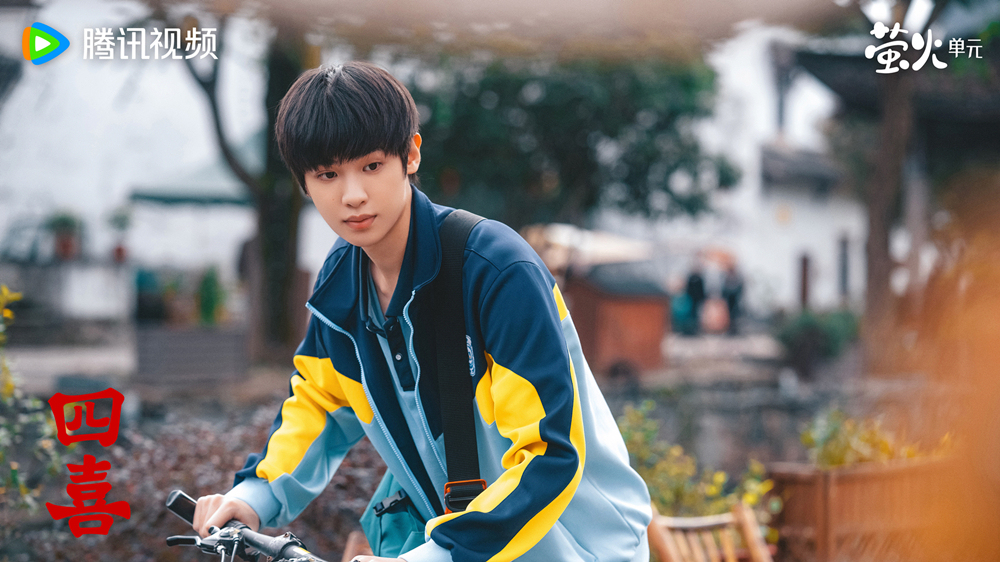
In the realm of television dramas, few sequels surpass their predecessors, which made the entire crew quite anxious before the shooting of "Tales of the Tang Dynasty: The Western Journey" commenced.
Prior to filming the first season, the team consisting of Baishan, Wei Fenghua, Yang Zhigang, and others specialized in making legendary war dramas. None of them had any experience with historical detective dramas, so this was a new venture for the company.
"Tales of the Tang Dynasty" originated from screenwriter Wei Fenghua's personal interests. In 2017, he published a book interpreting the strange tales and legends from the Tang dynasty, filled with fragmented stories. After reading it, director Guo Jingyu suggested to Wei Fenghua that it could be adapted for film and encouraged him to create two protagonists: one who could connect with the imperial court and another who could engage with the common people. Once this setting was established, everything else would follow naturally.

Still from "Tales of the Tang Dynasty: The Western Journey"
After a painful process of restructuring and fine-tuning the dialogue, Wei Fenghua handed the script over to director Baishan. "In the past, we had made too many legendary dramas set in various eras, and I wanted to try something new. The script offers a great deal of space for further creativity, allowing the creators to fully exercise their imaginations and present their ideas in innovative ways."
Baishan enjoyed the script after reading it and immediately began preparations, but he felt headaches looming over the fantastical creatures and special effects described in Wei Fenghua’s script, worrying about how to film them. The pressure primarily revolved around exploration; the team had to set up a pre-production phase to experiment and reconcile every aspect of filming. From an experiential standpoint, this abrupt shift into a new genre made it difficult to predict success.
Fortunately, thanks to Wei Fenghua's deep understanding and research on the Tang dynasty, the dialogue was precise and steeped in ancient charm. The story featured engaging mysteries alongside logical detective work, and consisting of various episodic tales, the first season of "Tales of the Tang Dynasty" became a breakout hit after its release in 2022.
“I think one of the reasons the audience accepted the first season is that it seamlessly integrated several elements of suspense, strange tales, and detective work. Currently, this genre is relatively rare in the market, yet many viewers enjoy it, so we catered to their tastes,” Baishan concluded.
While the first season was still in post-production, screenwriter Wei Fenghua quickly began crafting the script for the second season, resulting in less than six months between the release of the first and the start of filming for the second. Due to the strong reception of the first season and the audience's recognition of the main cast, they decided to retain the original team for the second season.
Baishan recalled that unlike the first season, the second season was not prepared in Beijing. The main creators and cast members went straight to Hengdian, and filming began just two weeks later.
The original team worked incredibly well together, but sequels often struggle against the "curse" of surpassing the predecessor. The entire crew felt the weight of expectations from the fans, and although director Baishan constantly reassured everyone that "as long as we prioritize quality, we should be fine," he personally felt considerable pressure.
During pre-production in Hengdian, Baishan returned to his hotel one day to find a bouquet of flowers with a card that read, “Director, there’s no need to feel too much pressure; just put your heart into it,” signed by a fan of "Tales of the Tang Dynasty." “I was truly touched; they didn’t want to transfer the pressure to us.” Baishan and the creative team adjusted their mindset, stating, “Standards must not be lowered. Creative freedom should be bold, and our goal is to improve upon the first season. If every department and every detail surpasses what we did previously, I believe we will succeed.”
After the second season premiered, Baishan observed audience feedback for a few days, and felt a weight lift off his shoulders. When friends congratulated him, he replied, “Finally, I can say the task is complete.”
As of the time of writing, "Tales of the Tang Dynasty: The Western Journey" has a Douban rating of 8.5, surpassing the first season’s score of 7.9.

Douban ratings and number of ratings for the “Tales of the Tang Dynasty” series.
The second season emphasizes the journey westward. Wei Fenghua explained that the main reason is that the western region of the Tang dynasty remains relatively mysterious, featuring elements from the Western Regions, various cultures, landmarks, and unusual customs—making it suitable for suspense, detective, and adventure genres.
“The western route is based on the map from Mr. Yan Gengwang's 'Research on Tang Dynasty Transportation' that connects Chang'an to Dunhuang. Regarding content, we referenced 'Youyang Zazu,' 'Bosezhi,’ and lesser-known works like 'Duyi Zhi' and 'Wenqi Lu,'” he elaborated.
“The segment 'Yun Ding Zui' draws its perspective from a Tang dynasty weird tale called 'Duyi Zhi,' where a protagonist accidentally enters an estate and is turned into a slave by its owner, eventually thrown into a large wine cellar. Though brief, it offers a solid foundation for a case. 'Qian Chong Du' is similar, with elements from 'Youyang Zazu' and 'Bosezhi' woven in.”
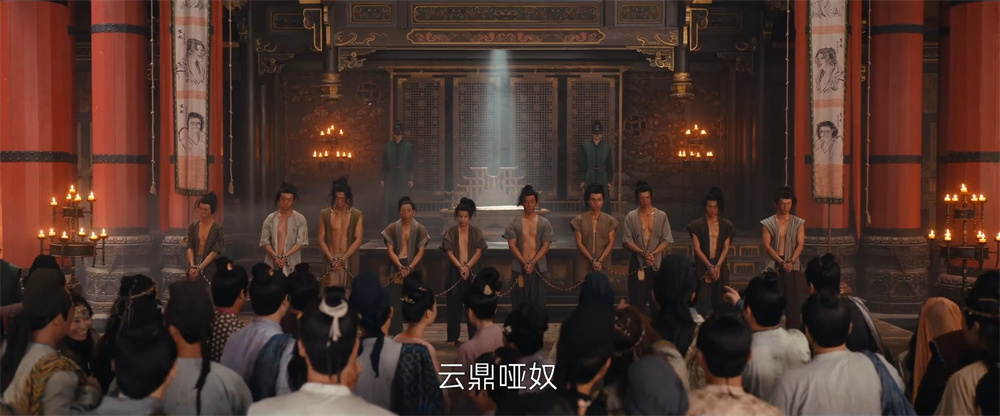
The mute slave in "Yun Ding Zui"
“Moreover, the 'Shan Ren' (mountain man) was a unique identity in the Tang dynasty—neither a monk nor a worldly person, existing in between. Many people referred to themselves as mountain men, characterized by an ethereal quality akin to that of immortals. Therefore, I chose to set up a scholar using illusionary techniques; I particularly love this element. The true explosion of Chinese weird tales began during the Six Dynasties, making this element a tribute to the Six Dynasties' strange tales,” Wei Fenghua recounted.
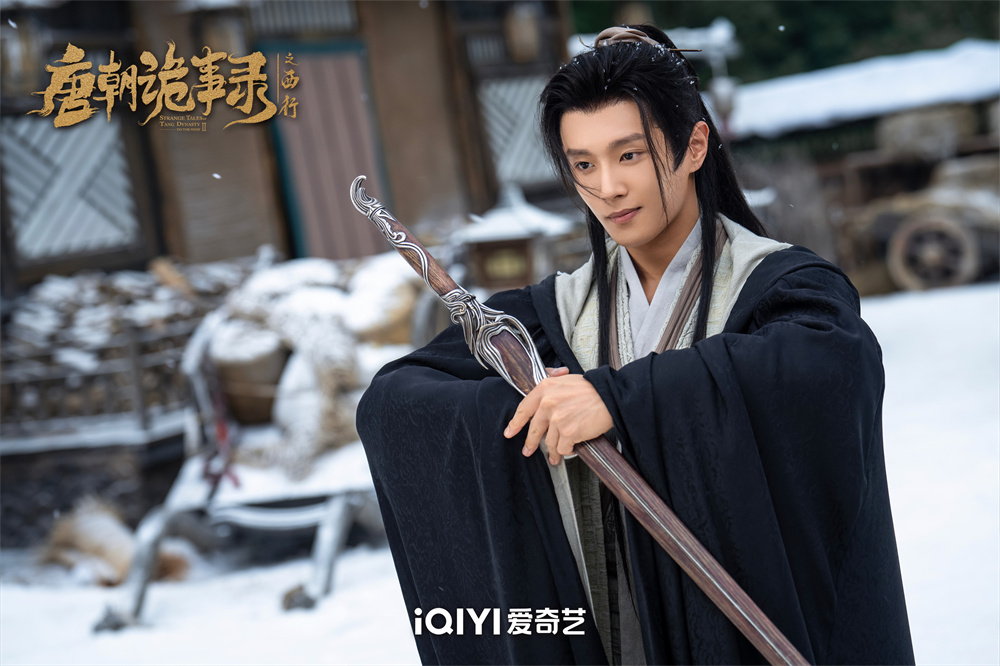
Jiang Shanren from "The Snowstorm at Mo Family Inn"
These two "Tales" works are deeply rooted in the rich culture of the Tang dynasty. "The Tang dynasty is historically different from both the Han dynasty before it and the Song and Ming dynasties that followed. The characteristics of the Tang dynasty are more glamorous and exuberant, making many suspense, detective, or thrilling adventure stories more fitting for the Tang era. It was a grand, open dynasty, welcoming various foreign civilizations and full of fantastical colors,” he explained.
In interviews, Wei Fenghua frequently mentioned Tang legends, strange tales from the Tang dynasty, and the spirit of the flourishing Tang period; these elements serve as the backbone and core of the series: “We are a historical detective drama, but from another angle, we could say it is a legendary drama with many elements. The genre is based on Tang legends and weird tales, while the core embodies the spirit of the flourishing Tang era.”
He believes the spirit of the flourishing Tang era can be summed up in two words—poetry and sword. “On one hand, we have a magnificent poetic tradition that birthed figures like Li Bai and Du Fu. On the other, our nation has a martial spirit that has persisted since ancient times, represented by the courageous sword of the Tang dynasty. Perhaps due to complex reasons, the Song dynasty later saw a more reclusive culture; the artifacts excavated from that period differ greatly from those of the Tang dynasty. For any nation to continue its development, we must balance both civil and martial arts, which is beautifully exemplified in the characters Su Wuming and General Lu Lingfeng, who complete this cycle.”
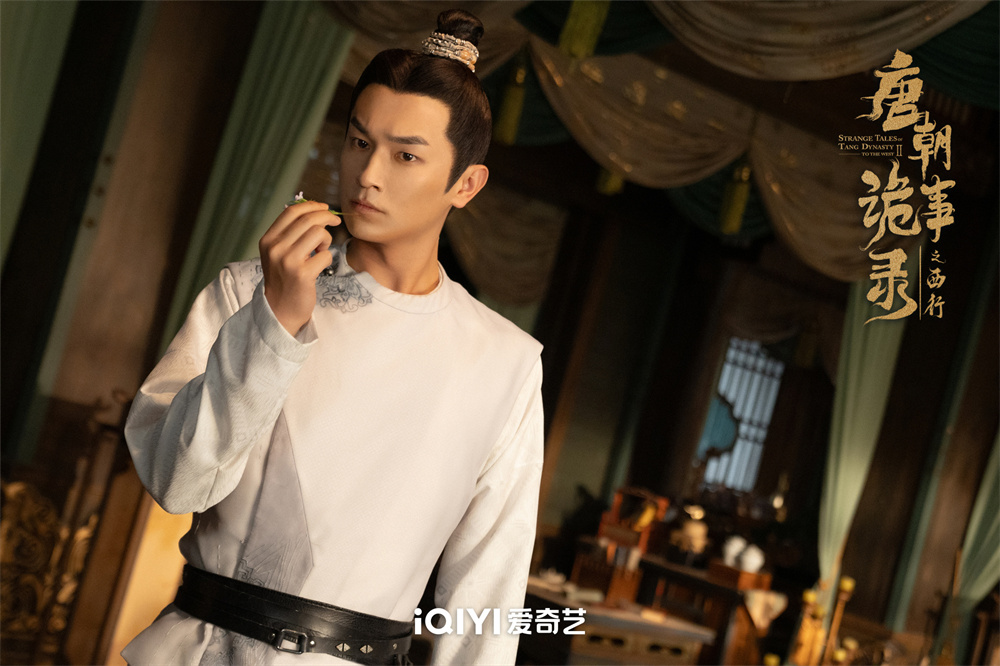
Lu Lingfeng (played by Yang Xuwen)
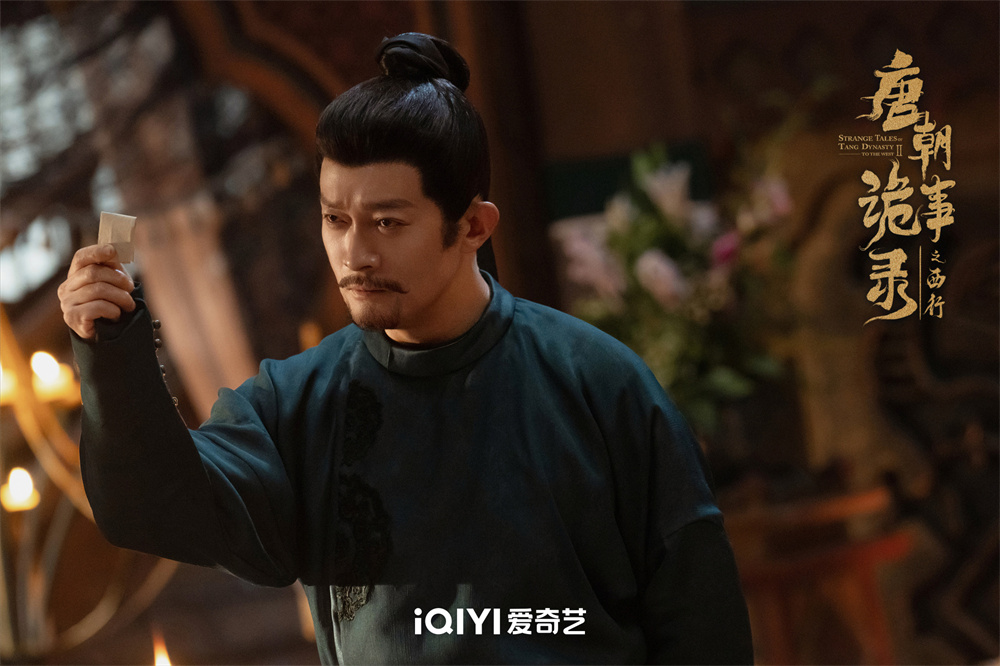
Su Wuming (played by Yang Zhigang)
At the heart of the flourishing Tang spirit, Wei Fenghua places a strong emphasis on character relationships in the script's structure and tension. "The uniqueness of the 'Tang Gui' universe lies in showcasing another side of the flourishing Tang dynasty. Su Wuming states from the city tower that the Tang dynasty is like a mirror, reflecting both its prosperity and the strange shadows beneath it. We aim to blend these two elements. The protagonists are set against the backdrop of the court prior to the Kaiyuan era, with conflicting forces contributing significantly to the character relationships and narrative progression. Had the story been set in the Kaiyuan era, it would have depicted a particularly festive atmosphere without any conflicts, lacking the necessary internal drama.”
In creating the story, the core elements draw inspiration from Tang legends and strange tales. "Every case will select one element from these tales to serve as a narrative engine. For instance, in the first season, there was a case about a flower that resembled a human face. This case in the original text is merely a few dozen words long, but it can serve as evidence. The second season follows the same pattern, choosing an element as a point of departure."
The benefits of basing the stories on Tang legends and strange tales lie in the endless stream of creative inspiration. Wei Fenghua believes that what he references is but a fraction of the vastness of these tales. "Tang legends and strange tales are profoundly rich; they are one of the most important components of classical Chinese literature. When discussing them, many only associate the Tang dynasty with poetry, viewing it as solely a poetic era. Yet, the brilliance of Tang legends and strange tales is somewhat overshadowed by its poetry. Our aim in uncovering these tales is to educate the general audience about their significant role in our traditional literary heritage. Their narratives are often very brief, with a single strange tale possibly consisting of merely a few dozen words. On the other hand, Tang legends have more complex plots that leave ample room for interpretation. At the same time, the weirdness and legendary nature are scarce in today’s genre-driven adaptations."
Changes and Continuities in the Second Season
There was a gap of one year and ten months from the airing of the first season to the release of the second season. This timeline is relatively fast within the film and television industry. In the second season, Wei Fenghua pursued more depth in the text, stating, "Building upon the two male leads and their small team investigating strange cases, I also want to showcase two aspects."
“One aspect is the human experiences of the Tang commoners, including their living conditions. For instance, 'The Death of the Coroner' features a 'release wife letter,’ which belongs to the Tang period but offers insights relevant to our current lives. Formally, it is a letter of release, but in reality, it serves as a love letter. Many young people today often say they are fine being single and that they do not need love; I believe that love is significant in any era. When one encounters that special person, they should cherish it, as love transcends time, and the differences between past and present are negligible. This letter conveys that very perspective. Another aspect I wish to highlight is the valiant spirit of women in the Tang dynasty. The collections of Tang legends contain many beautiful representations of women, including figures like Nie Yinnang. Women represent a crucial element in Tang legends. In the first season, we lacked many cases to showcase female heroes; in the second season, we aim to improve upon that.”
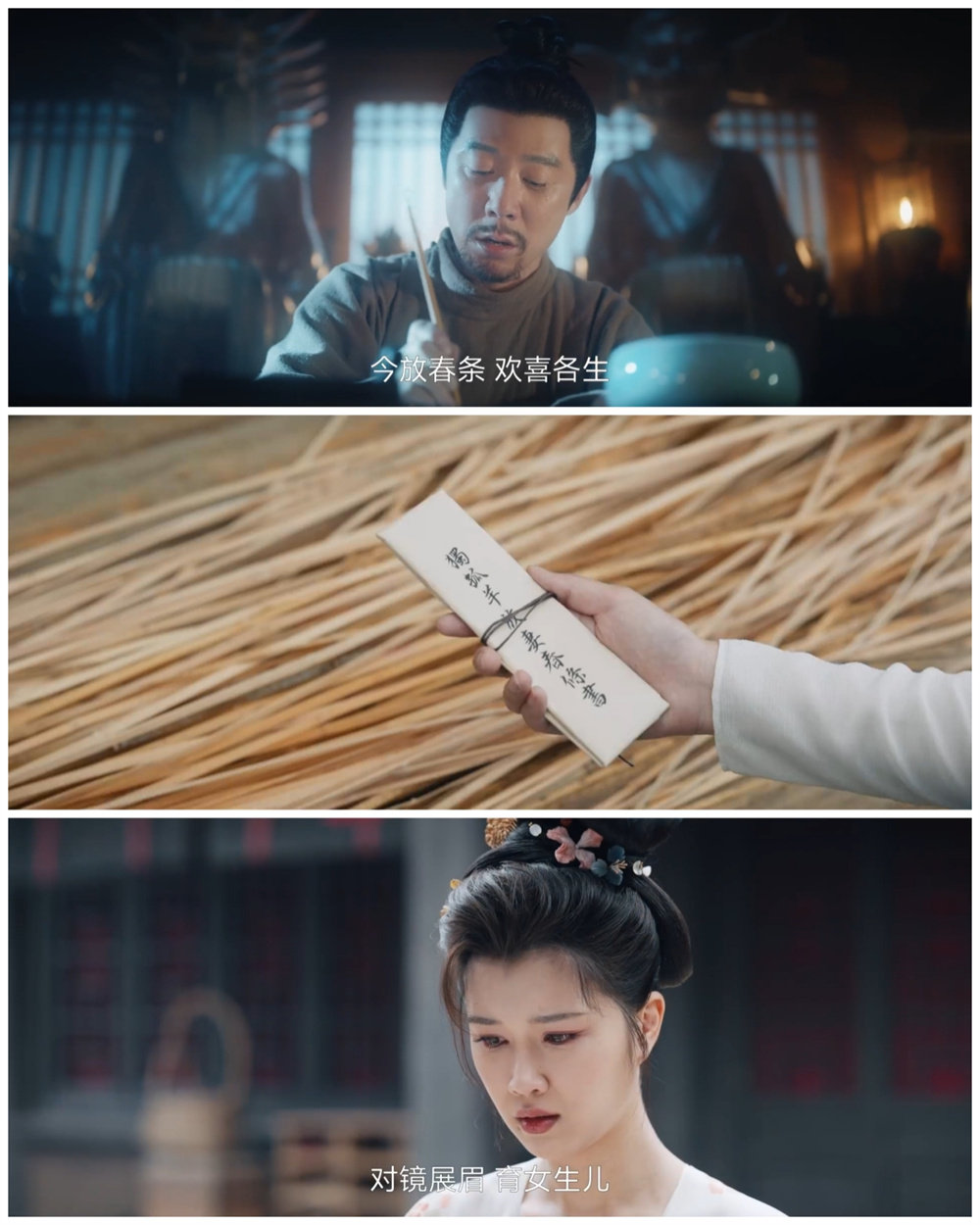
The "release wife letter" in "The Death of the Coroner," which is actually a love letter.
Wei Fenghua positioned the second season as something that fans of "Journey to the West" would enjoy, and thus instinctively emphasized the strange tales aspects, increasing the number of supernatural elements. "In retrospect, perhaps removing one of the monsters would have made it even better, such as the creature from the Mo Family Inn."
This increase in strange elements posed significant "trouble" for director Baishan. From the first season, he understood that weird tales were a defining feature of the series, and he invested a great deal of effort into organizing and coordinating. “Filming action sequences is very challenging; our visual effects team needed
